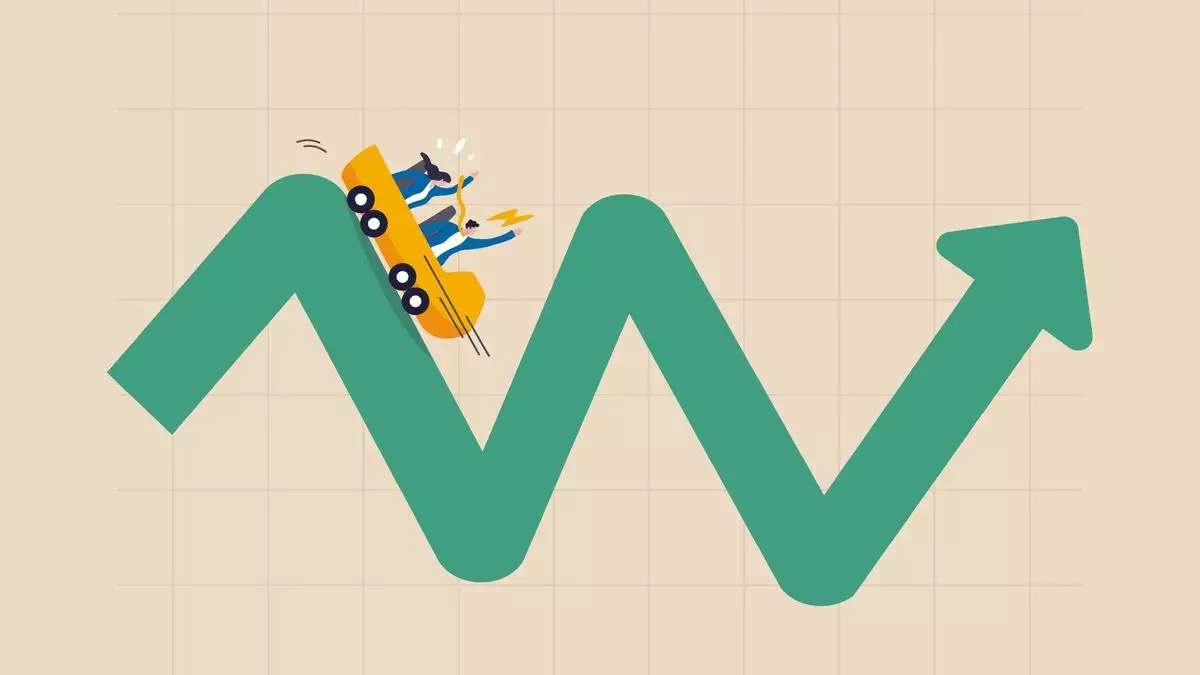The U.S. hotel industry, once buoyant and seemingly resilient, is now facing a critical juncture as it grapples with a modest growth ceiling. Recent data indicates a concerning trend: revenue per available room (RevPAR) has decelerated to a mere 0.8% increase as of March, with occupancy rates dipping slightly by 0.3%. These indicators suggest that the bullish days of hotel growth may be under threat, which could have lasting implications for travel-related spending patterns across the country.
Occupancy and average daily rates (ADR) have also shown signs of slowing down. ADR only edged upward by 1.1% in March—a significant shift from the 3.3% growth seen in January. These metrics suggest a market that is responding to broader economic signals, such as inflationary pressures, shifts in travel preferences, and unpredictable events like natural disasters. The complexities surrounding these fluctuations can make predictive analytics a risky endeavor, as admitted by industry analysts like Isaac Collazo from CoStar Group. This volatility complicates long-term forecasting for a sector still recovering from the COVID-19 pandemic’s impact.
The Role of External Events in Market Dynamics
The current market landscape has been significantly affected by external events that inject volatility into the hospitality forecast. Collazo points to hurricanes, wildfires, and even the recent Super Bowl relocation as disruptors that create noise in data interpretation. By removing these anomalies from the dataset, a more favorable picture of a 3% upward trend in major U.S. markets emerges. These fluctuations highlight the importance of context when evaluating data. However, they also illustrate how external factors can complicate recovery metrics, leaving industry stakeholders in a state of uncertainty regarding future demand.
It appears that the industry is entering a phase typical after periods of rapid growth, where a plateau is inevitable. Bob Webster, vice chairman at CBRE, notes that caution should be exercised in interpreting declining figures, citing a natural moderation following significant post-pandemic growth. While inbound travel from Canada has also experienced a decline—down approximately 7%—the overall impact on the U.S. hotel market remains relatively contained, showcasing a certain resilience even amidst these challenges.
The Complications of Economic Forecasting
Forecasting in the hospitality sector is further complicated by the current economic climate, characterized by uncertainty and inflationary pressures. CBRE’s revised GDP forecast for 2025 now sits at a conservative 1.9%, with inflation projected to increase as well. These adjustments serve as telltale signs that the broader economic conditions—especially given the complexities of inbound tourism—are creating a context where predictable growth is becoming increasingly difficult to establish.
The term ‘volatility’ has emerged as a buzzword among industry forecasters, signaling profound discomfort about the existing dynamics at play. As Collazo suggests, the factors influencing market conditions do not align seamlessly with historical recession models, compelling analysts to tread cautiously in their assessments. STR Group’s upcoming industry forecast at the NYU International Hospitality Investment Forum in June will likely reflect this turbulent landscape, driven by erratic economic inputs that inhibit clear predictions.
Promotional Strategies Amid Price Corrections
In a market experiencing these fluctuations, the hospitality industry has observed an intriguing phenomenon: a marked decline in travel prices across the board. NerdWallet reports a surprising 2% reduction in overall travel costs year-over-year as of March, primarily driven by decreases in airfare and hotel rates. This price correction is not just a statistical anomaly; it signals a potential recalibration in consumer behavior amid economic uncertainty. Families hesitant about their financial futures are being lured back into vacation plans by attractive promotions, such as Disney World’s half-off theme park tickets.
This discounting trend, particularly prevalent in family leisure travel, reflects an increasing willingness among travelers to take advantage of favorable offers when financial circumstances are uncertain. Such incentives may stimulate demand; however, they raise questions about the longevity of this trend. While luxury accommodations have so far been spared from these aggressive promotional strategies—remaining robust due to their appeal to an affluent customer base—the balance of supply and demand will ultimately dictate how the broader market fares in the coming months.
As businesses orbit within this volatile environment, the direction of U.S. hospitality remains uncertain. Yet one thing is clear: adaptability is key. Those who can navigate these turbulent waters and respond to both consumer demand and market signals will be best positioned to thrive in this changing landscape.


Leave a Reply